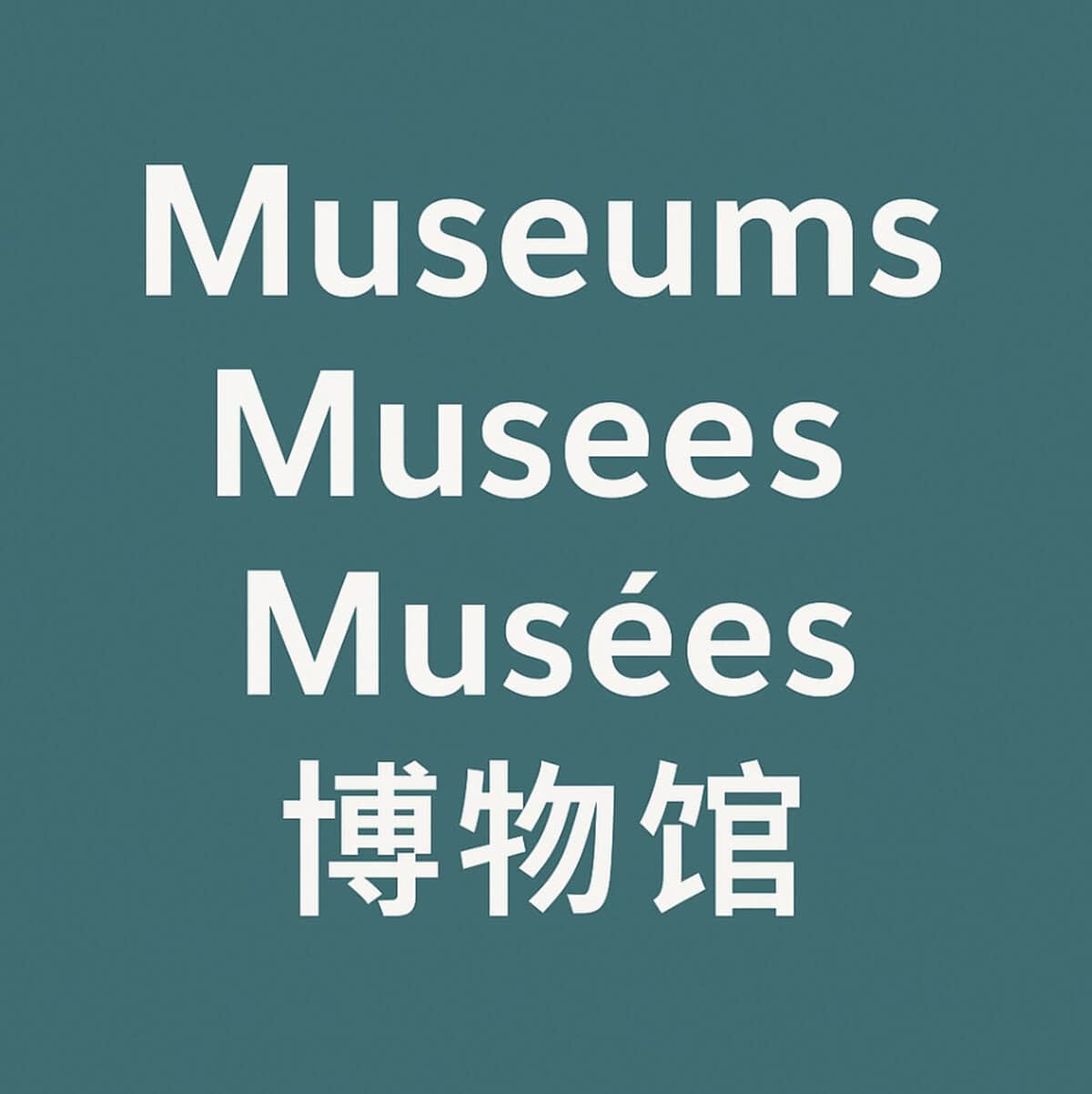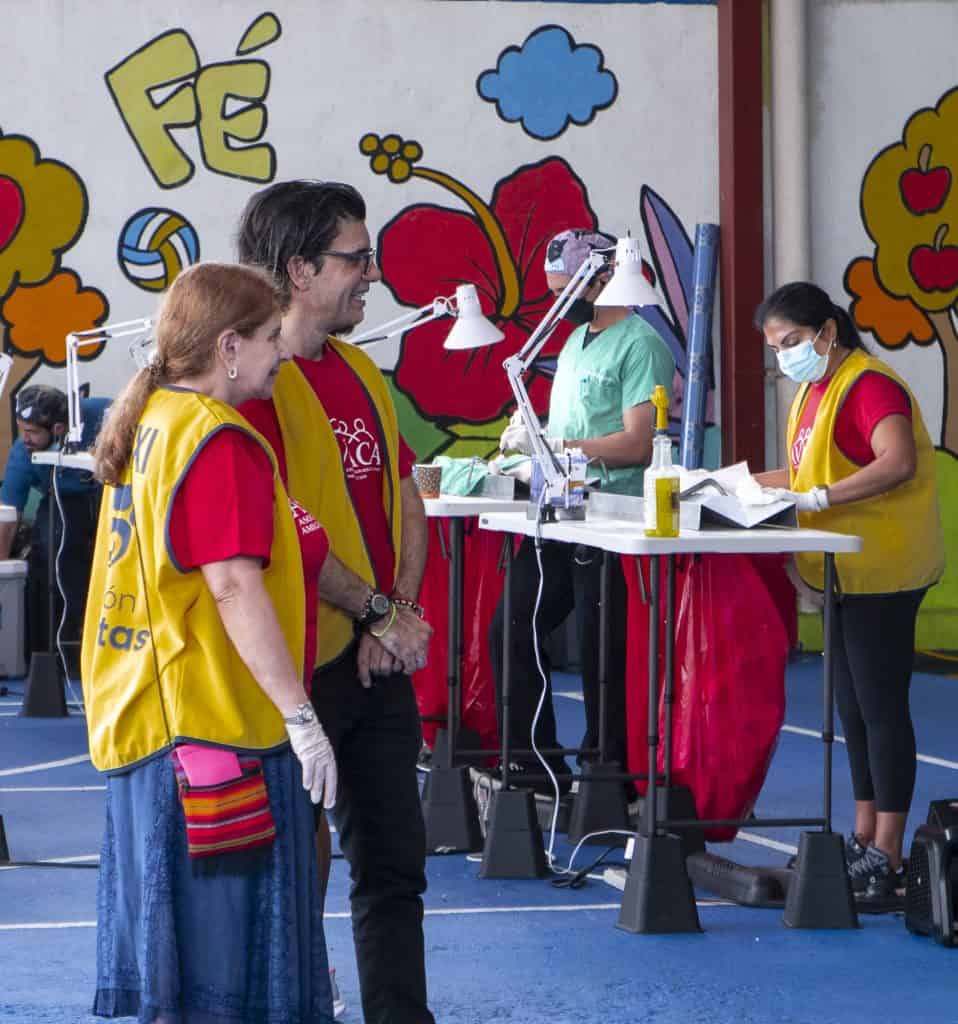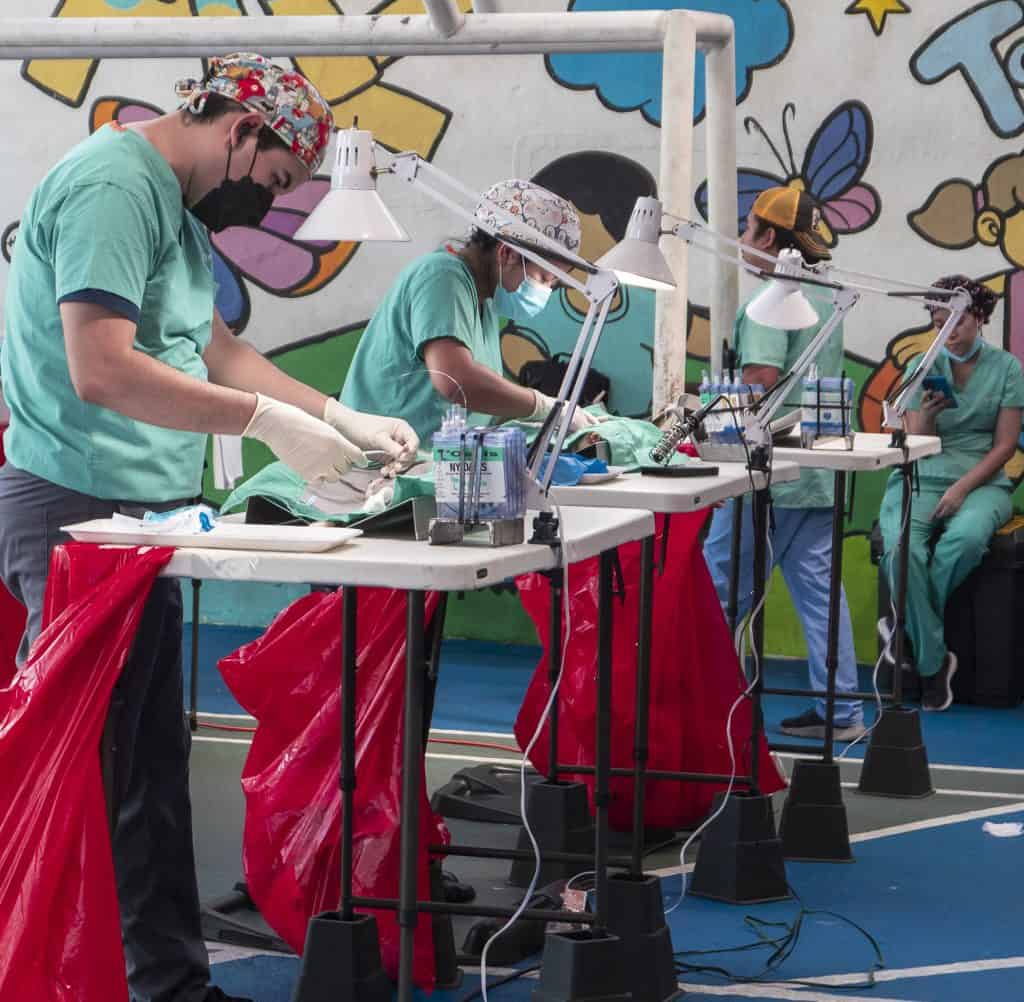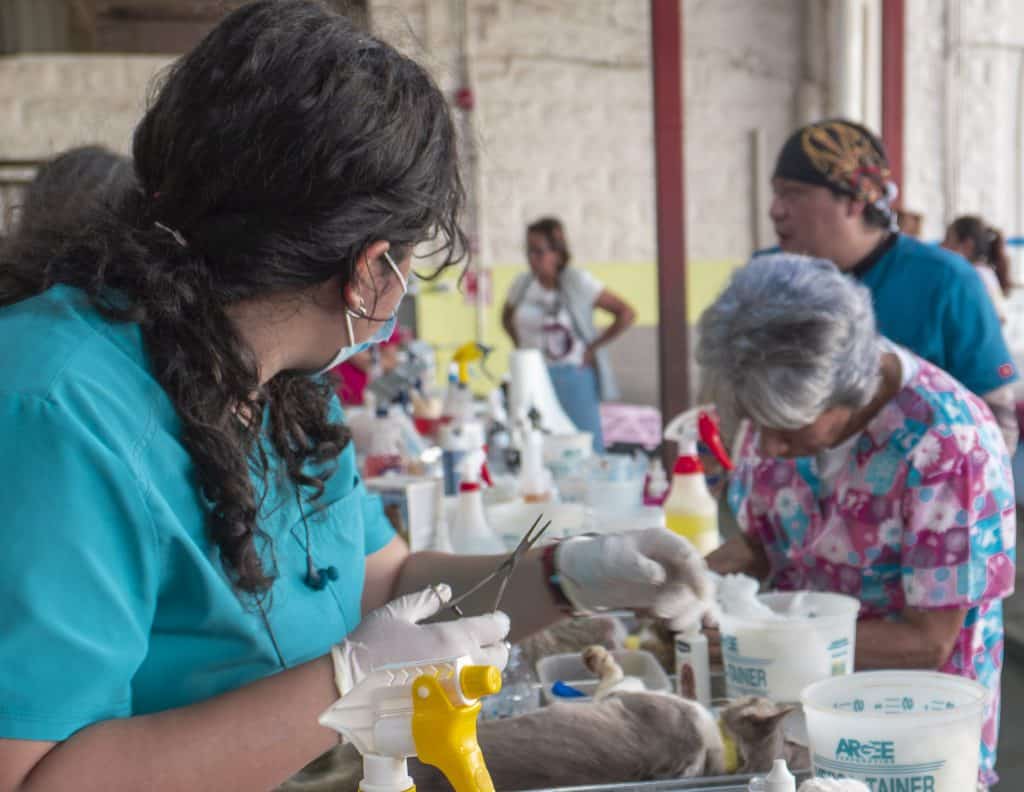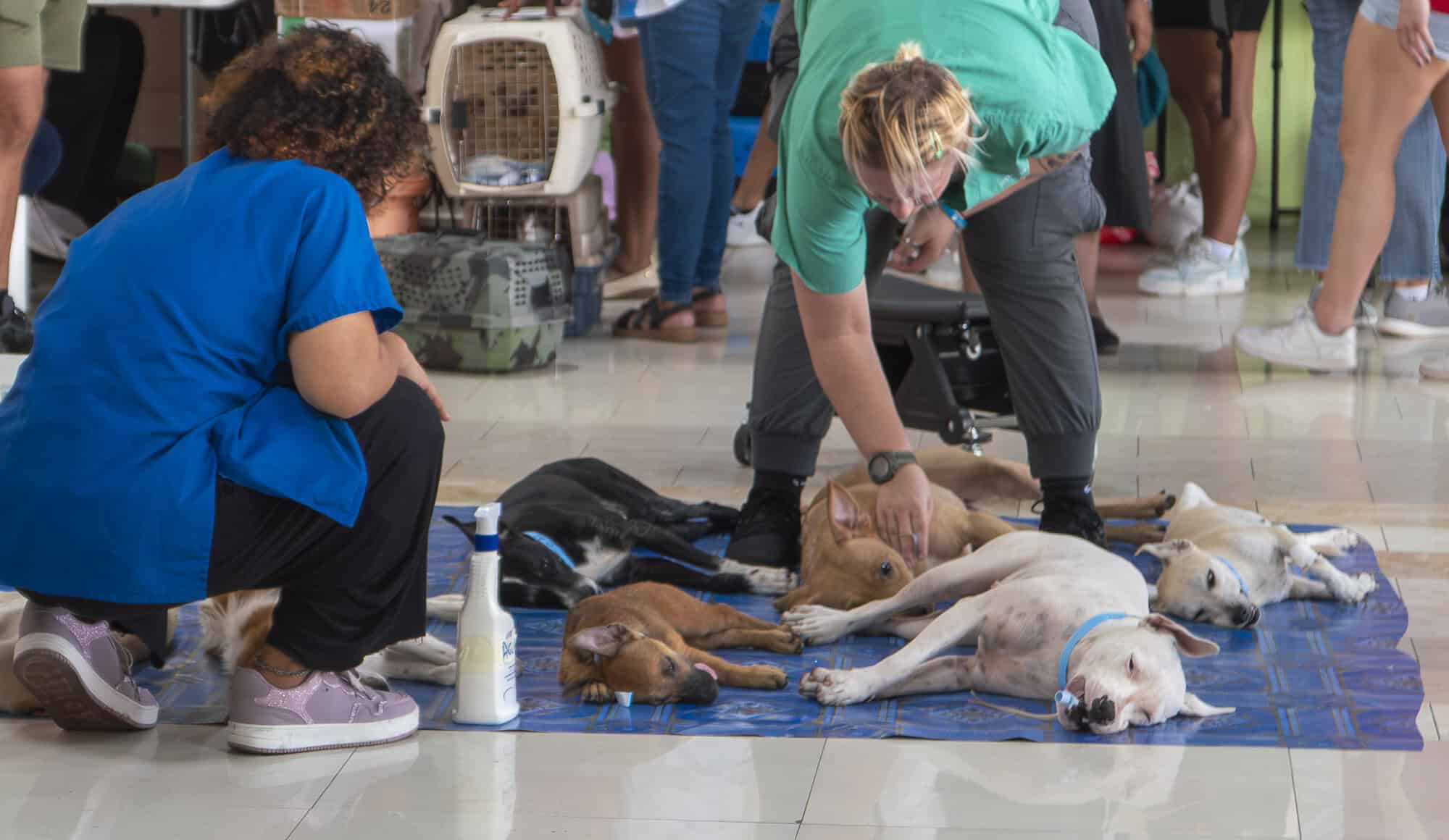Casco Cat Community Caring for Casco Viejo’s Cats
Casco Viejo’s Cats and the People Who Care
Casco Viejo’s cats are part of the district’s soul. You see them stretched across warm steps, under café tables, or strolling the seawall at dusk. Visitors pause for photos; locals leave dishes of water in shaded corners. The Casco Cat Community Panamá has become an essential part of this scene.
The Casco Cat Community Panamá from this quiet affection. It isn’t a large NGO it’s a network of neighbors, shop owners, and volunteers who decided that compassion could be organized. They trap, sterilize, and return adult cats, find homes for kittens, and keep colonies healthy.
As someone who walks Casco’s streets daily, I’ve watched this transformation firsthand. A few years ago, midnight cat fights echoed through every alley. Today, you hear purrs and the clatter of food tins — proof that structure beats chaos every time.
What Is the Casco Cat Community?
The Casco Cat Community runs on the humane global model known as TNR Trap, Neuter, Return. Volunteers humanely trap community cats, veterinarians sterilize and vaccinate them, and then each cat returns to its familiar territory.
This method replaces old, cruel cycles of removal with calm sustainability. Once sterilized, cats fight less, wander less, and live longer, healthier lives. Casco Viejo’s mix of plazas, cafés, and courtyards is ideal for this system — small blocks, strong community ties, and people who genuinely care.
A Short History of Feral Casco Cat Community Panamá and Beyond
Cats have walked beside humans for over 9,000 years. Ancient sailors carried them on ships to protect grain and food stores from rats. That’s how they reached the Americas silent passengers who earned their keep.
When Spanish settlers built the first Panama City in 1519, cats arrived in the holds of their ships. After the city burned and Casco Viejo rose from the ashes, the cats stayed. Centuries later, their descendants still wander the same narrow lanes.
Across the world, unsterilized cat populations create suffering. In some countries, feral cat numbers exploded until humane management programs like TNR emerged. Cities such as Rome, Athens, and Istanbul now integrate cat colonies into their heritage tourism. Casco Viejo’s effort mirrors that success — small, smart, and sustainable.
Why These Cats Matter to Casco Viejo
Casco Viejo is a UNESCO World Heritage Site a living district where restoration meets daily life. Street cats add authenticity to that picture, but unmanaged colonies threaten it. The Casco Cat Community ensures the balance stays right.
Healthy, sterilized Casco Cat Community Panamá mean cleaner courtyards and calmer nights. They also mean happy visitors who meet friendly felines instead of distressed ones. For hotels and restaurants, it’s the difference between complaints and compliments — and it’s part of what makes this historic district feel alive and cared for.
When you stand in Cathedral Plaza, you’ll often notice the Casco Cat Community quietly moving among the benches and trees, keeping their routines as locals and visitors pass by. Look a little further and you’ll spot some of Casco’s most iconic landmarks — the Panama Canal Museum, the Cathedral spires, and the centuries-old stone facades that define this UNESCO World Heritage Site. It’s all connected: good care for the cats, respect for history, and pride in place.
Good animal welfare in Casco Viejo is good neighborhood welfare. It proves that this community doesn’t just preserve buildings — it protects living heritage, one caring act at a time.
How Casco Cat Community Panamá Works (TNR in Panama)
- Trap — Volunteers use humane, padded traps to safely capture cats near feeding areas.
- Neuter & Vet Care — Partner vets sterilize, vaccinate, and treat parasites or injuries.
- Ear-Tip — A small notch marks a sterilized cat, preventing duplicate trapping.
- Return — Cats go back to their block, where they know people and hiding spots.
- Monitor — Volunteers track colonies, feed consistently, and record new arrivals.
This quiet cycle reduces births, noise, and disease — without cruelty. Within a year, colonies stabilize, kittens vanish, and visitors notice a calmer atmosphere. It’s humane management at its best.
How You Can Help Casco Cat Community Panamá
Visitor Etiquette for Casco Cat Community Panamá
Tourists love Casco’s felines, but good intentions need guidelines:
- Let cats approach you — never chase.
- No bones, dairy, onions, grapes, or alcohol.
- Avoid random feeding — it causes fights and litter.
- Wash hands after petting.
- Don’t move kittens — their mother is likely close.
- Respect private doorways and courtyards.
Where You’ll See Cats in Casco Viejo
Look for them on Plaza Bolívar, the Cathedral steps, and the quiet edges of Avenida A. Most cats stick to one or two blocks, familiar with their feeders and hideaways.
Add a simple map showing general areas — never exact dens. Visitors love finding Casco cats, but privacy matters even to a feral.
Seasons in Casco Viejo and Their Effect on Cats
• Rainy Season (May–Dec): Sudden downpours threaten kittens; volunteers place dry boxes in sheltered spots.
• Dry Season (Jan–Apr): Heat soars; water bowls and shade are critical.
• Tourist Peaks: More visitors mean more food waste and temptation to “help.” Guidelines prevent chaos.
Year-round, hydration and cleanliness are the difference between comfort and crisis.
One Street Story, A Tabby’s Transformation
Behind a café on Avenida A, a tabby had three litters in one year. After the Casco Cat Community intervened, she was spayed and returned home. The change was instant. No more kittens, no 3 a.m. howls — just one relaxed cat sunbathing while guests sipped coffee.
This small victory is replicated dozens of times across Casco. That’s how you heal a historic district — quietly, one life at a time.
For Families and Kids Visiting Casco Viejo
Children adore Casco’s cats. Teach these rules:
• Ask before touching.
• Pet gently on the back, not the face.
• No treats, no chasing, no picking up.
• Wash hands before eating ice cream.
Explain the ear-tip mark it means the cat is sterilized and safe. That’s a lesson in respect they’ll remember.
Where Donations Go — Transparency Matters
• Veterinary Care (45–60%) surgeries, vaccines, emergency care.
• Food (20–30%) measured, colony-specific rations.
• Transport & Supplies (10–15%) traps, carriers, fuel.
• Contingency (5–10%) urgent rescues and adoptions.
Supported by local vets and the Casco Viejo neighborhood association, the program publishes annual updates to maintain trust.
Fast Facts:
• Program: Volunteer-run TNR in a UNESCO district
• Health Sign: Ear-tip = sterilized
• How to Help: Donate, share accurate pins, avoid random feeding
• Languages: Spanish and English support
• Ethics: No culling — only humane control
Q & A – Visitors Ask the Most
Yes. Let them approach. Avoid faces, sanitize after.
It causes fights and stomach upsets. Coordinated feeding keeps order.
It shows the cat is sterilized and part of the Casco Cat Community program.
Don’t move them. Take a photo, drop a pin, and message the team.
Sometimes. Adoptions include vaccines and documents ask early.
Local rates vary, but your donation covers surgery and recovery.
WhatsApp 507-6894-1993 with pin and short note
❤️ Closing Thoughts
Leanne and I have been part of this effort for more than fifteen years. We didn’t start it — many compassionate neighbors were already out there long before us, feeding, trapping, and caring in the shadows. We simply stepped in to carry the torch for a while, to keep the cycle of kindness moving forward.
Casco’s cats are not ours. They belong to the community — to everyone who loves this neighborhood, to every visitor who pauses to smile, to every child who learns what empathy looks like by offering water on a hot day.
The truth is, this work never ends. One generation of cats leads to another, just as one generation of people steps up to care. The names may change, but the purpose stays the same — to build a humane balance between people, place, and the animals that share our streets.
If you’ve walked these cobblestones, if you’ve smiled at a cat in the afternoon sun, then you’ve already been part of this story. We’re just here to keep it going — quietly, respectfully, and with all the heart we can give.
💛 Donate to the Casco Cat Community
- Return to the homepage for more stories and neighborhood updates
- Read more informational blogs about Casco Viejo in Out and About with James
- Discover where to relax after your walk — our favorite cafés and courtyards
🧭 Out and about with James.
TNR — Trap, Neuter, Return
Learn how humane cat management through TNR creates balance and compassion in communities worldwide.
Learn MoreCasco Viejo’s UNESCO Honor
Discover why Casco Viejo’s living history earned its UNESCO World Heritage designation and how preservation continues today.
Read MoreTourism Authority of Panama
Explore official visitor resources, national tourism updates, and upcoming events that keep Panama thriving.
Visit Site